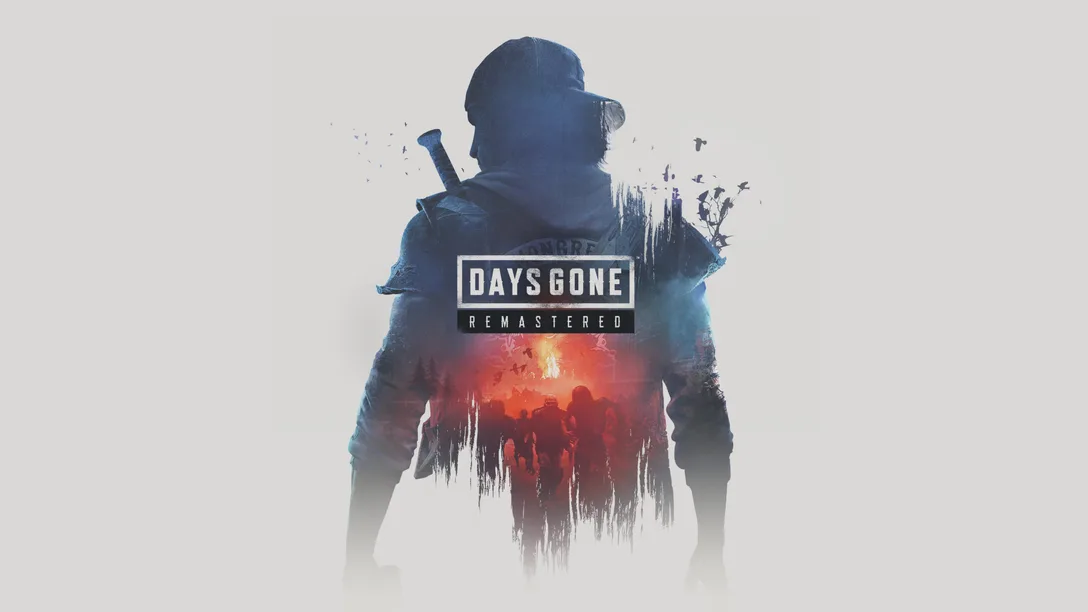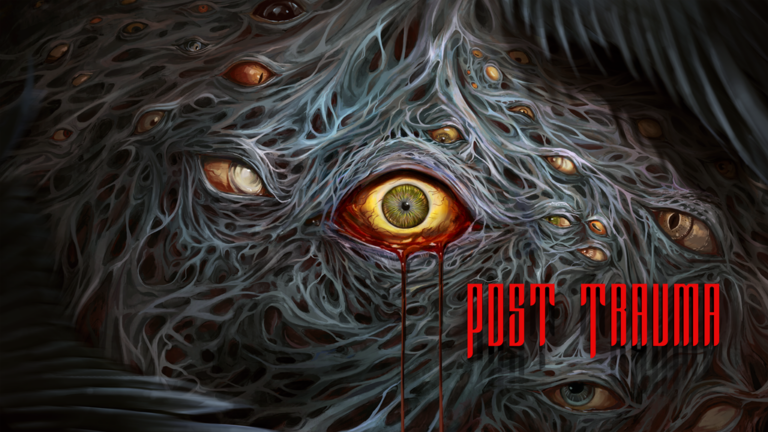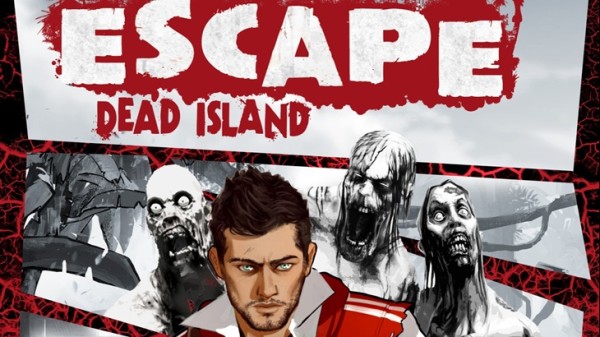
Dead Island is forever cursed to be remembered as “that game with the spectacular trailer.”
We’re now three full games into the series with a fourth on the distant horizon, and it’s becoming increasingly clear that nothing Dead Island-related will achieve the level of emotional complexity displayed by that teaser trailer, nor the (in)famous amount of attention the game received after just one trailer. In three minutes, a project that everyone had written off as vapourware transformed into the hot topic of discussion, even among non-video game-related outlets.
However, the clock has to strike midnight in every Cinderella story, and upon the first game’s release the collective public realized that they had been dazzled by a promise that the game’s relatively small-scale development couldn’t possibly live up to.
With this in mind, I entered the latest installment in the series, Fatshark and Volition’s Escape Dead Island, with low expectations. What I got instead was a veritable roller coaster of wavering quality that culminated in one of the most painfully frustrating gaming experiences in recent memory (more on that in a bit).

Escape follows Cliff Calo, self-proclaimed douchebag and son of a major media tycoon, as he sets sail for the island of Narapela with his friends in an attempt to uncover the mystery behind the undead plague that swept the Banoi archipelago during the events of Dead Island and Dead Island: Riptide. The story, which aspires to bridge the gap between Dead Island and Dead Island 2 as well as explain how the infection managed to reach California, is a bunch of mumbo-jumbo which raises more questions than it answers. However, considering the low standard in storytelling set by the previous two games which prioritized gameplay over plot, this was hardly surprising and didn’t have much of an impact on my enjoyment of the game. The dialogue and voice acting vary from somewhat-clever and good-natured to stilted and laughable, but the characters are just engaging enough that most people probably won’t mind, aside from the occasional groan at the game’s dated humour (why are we still seeing Portal cake references and Doge jokes in November 2014?).
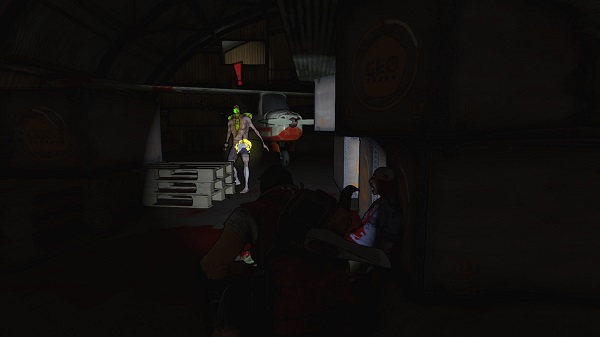
The game’s cel-shaded graphics are also somewhat jarring, and alternatively wowed me and made me wonder where the budget went. For the most part, the non-zombie character models look great, and the lighting effects are some of the best I’ve seen in recent memory. As you can see by many of the screenshots I took for this review, the game is at its prettiest when it dims the lights and allows ambient shadows to do their thing, which can create some impressive “wow” moments. Of course, just like everything in this game, for every good element there are another two negative ones. Many of the game’s textures and models look like something from the pre-GameCube era, with water being rendered as a static texture with nary a wave or ripple and most of the zombies looking worse than the background ghouls from Telltale’s The Walking Dead series. Still, the lighting and shadow effects almost make up for these shortcomings, and Escape even takes on a very slick MadWorld-esque monochrome aesthetic from time to time to give you a break from the constant switches between sun and shadow.
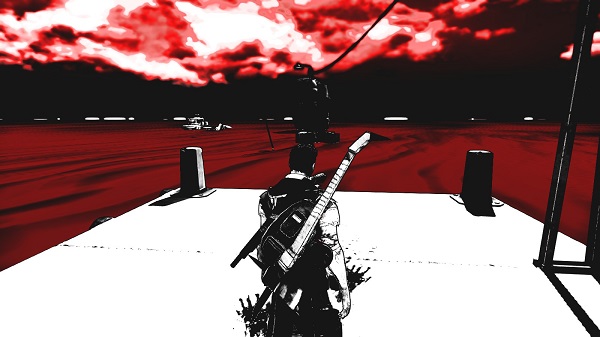
Most of my grievances with this game come from the trio of combat mechanics, all of which come so close to being fun but ultimately fall flat and become stale. Escape touts itself as a survival horror stealth game, offering you three approaches for dealing with its multitude of undead enemies: stealth (sneaking past an enemy or dispatching them from behind), melee combat (dismembering them with one of four available melee weapons) or gunplay (the good ol’ rooty-tooty-point-and-shooty). One of the biggest flaws a horror game can have is simply not being scary, which is unfortunately the product of Escape‘s unbalanced combat mechanics. All three of the above approaches are in some way broken in a fundamental aspect that robs the combat of all tension of fear of failure: the enemy’s field of vision is so poor that you can stealth kill while another zombie is clearly staring at you and not trigger any aggression (this lead to an amusing scenario in which a zombie waited patiently while his cohort was killed to receive his own ticket to oblivion, staring at me the entire time), ammo for guns is so plentiful that a player with good aim and a steady hand can dispatch most threats long before they’re within striking range, and melee is so massively overpowered that I’ll need a paragraph just to talk about it.
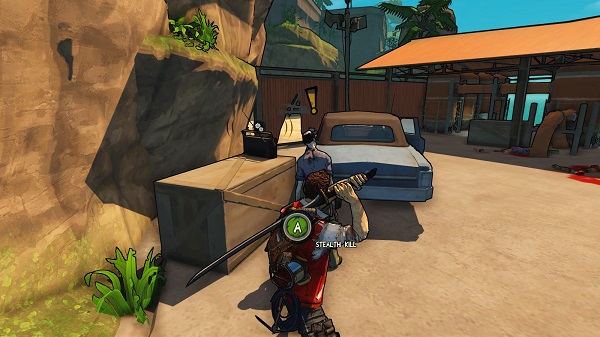
See, there’s this theory in game design called “Complacent Gaming Syndrome,” more commonly known as “dominant strategy.” This theory states that if a player is given a manner of play that’s objectively superior to the others, they will continue to blast through the game using that method until the game tells them not to. Such is the case with Escape Dead Island‘s melee combat, which is so hilariously superior to both stealth and gunplay that I wonder if the game was originally supposed to be a hack-and-slash before switching genres to a survival horror midway through.
A large contributor to this is the presence of regenerating health (a surprising addition considering both the game itself and its promotional material make a big deal out of Cliff not being immune to the virus unlike the previous protagonists; a detail that never really becomes important in gameplay nor story), which is a massive no-no for both survival horror and action games alike. Regenerating health, when implemented in a game of this nature, absolutely demolishes the risk of every single encounter, as the enemies are so slow and their attacks so weak that a player can easily cheese even the trickiest segments by flailing their weapon around aimlessly and then retreating out of attacking range to recover while their foes shamble towards them at a snail’s pace. Using this method, I carved my way through 95% of the game’s combat encounters, and even taking on 3 or more zombies at once is no difficult feat considering how wide and staggering your strikes are.
It seems like the developers realized how broken the combat was about three quarters through the game, as Escape begins to punish players for failing stealth segments by spawning in the strongest enemy in the game whenever they’re noticed by a zombie (although even this should be an annoyance at best for smart, action-savvy players). In the end, I only died about three times total in the entire game, which did nothing to add to Escape‘s short length.
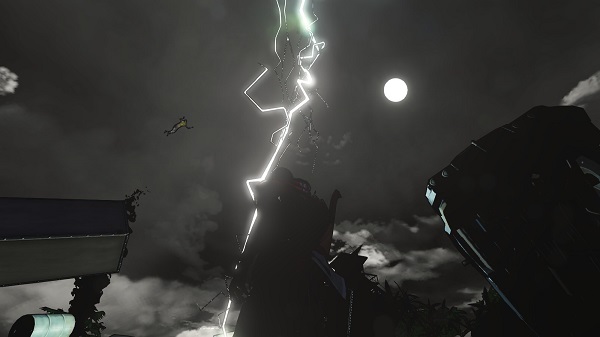
And boy, is this game short. I managed to complete the entire story in just under six hours, and I was taking my sweet time to explore every new area at length and find as many collectibles (which include the prerequisite audio and journal logs as well as photographs of the island’s various landmarks and inhabitants that the player can take) as I could. The story even pulls a Ghosts and Goblins at the end and encourages you to play through the story a second time in New Game+ for a more satisfying conclusion, but this is artificial lengthening at its best and I’m sure that all but the most diehard players will choose to forgo a second run after completion.
Unfortunately, the game also runs out of steam more than an hour before the plot wraps up, forcing players to slog through bland environments and fight seemingly-endless waves of lazily-reskinned undead foes while the plot goes off the rails in one of the most needlessly convoluted ways I’ve seen.
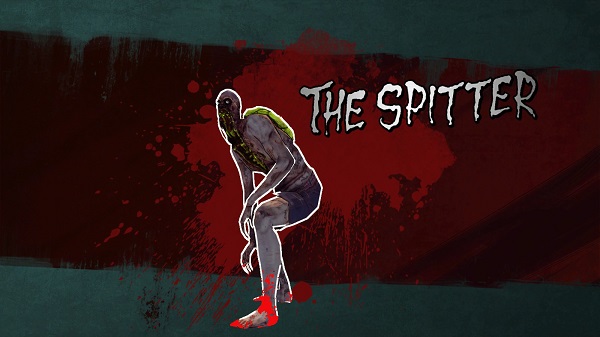
The best way that I can describe Escape altogether is “Survival Horror Jr.” It’s so clear that a good deal of passion and enthusiasm was put into crafting this game, and that it aspires to be the next Resident Evil or Silent Hill. Hell, the game even features numerous thinly-veiled shout-outs to the works that so clearly inspired it, such as borrowing the Sanity effects from Eternal Darkness (albeit without ED‘s effective use of them; the most that Escape gets out of its protagonist’s descent into madness is a few cool visual effects and a confusing story), a weapon combination from Dead Rising and its choice of special infected (one that can leap from afar, one that can spit corrosive acid, one that can summon hordes of zombies, and a nigh-invulnerable one with razor-sharp claws and a nasty temper). Escape Dead Island feels like the younger brother of those aforementioned classics: bright-eyed, energetic and idolizing of its older siblings, but young, inexperienced and lacking their talent.
And that’s why this game is so supremely frustrating for me. A bad game is a bad game, but a disappointing game is even worse because you can see the potential in it. There were moments in Escape Dead Island when I was having honest-to-god fun and enjoying myself, only to get ripped out the experience by one of its many shortcomings. I really wanted to enjoy this game, and I almost did. There exists the skeleton of a good game here, but it’s buried under the rotting flesh of monotony and shallowness.
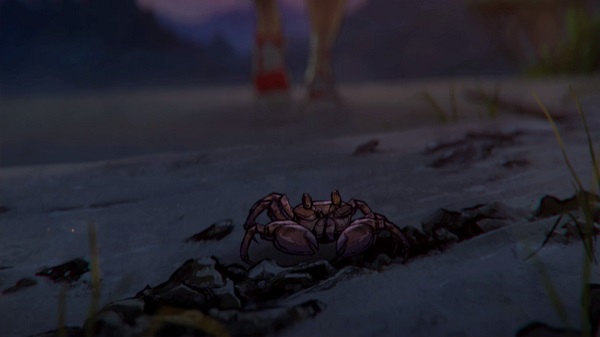
Bottom line: is Escape Dead Island worth its MSRP of $40? No, certainly not. But if it ever goes on sale for $10 or under, I’d say it’s worth checking out if you’re a fan of Dead Island or just zombies in general. If they ever make an Escape Dead Island 2, so long as they can learn from their mistakes and put in the effort to make a fun and unique experience, then you can bet that I’ll be the first to sing its praises.
 (5 / 10)
(5 / 10)
Average
 (5 / 10)
(5 / 10)
